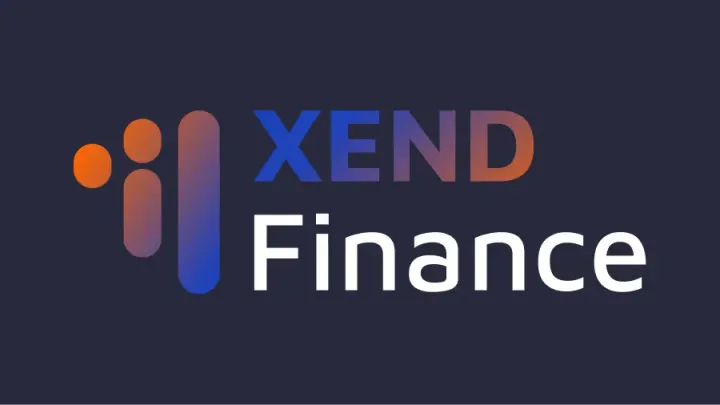CBDCs, like the eNaira, are potentially risky, IMF official says
The IMF MD believes retail CBDCs may result in “unforeseeable” results for central banks.

The managing director of the International Monetary Fund (IMF), Kristalina Georgieva, has expressed concerns over the global adoption of central bank digital currency (CBDC), stating that the widespread use of retail CBDCs may pose a new risk to financial institutions.
Details
- While speaking at the Milken Institute Global Conference on May 1, Georgieva urged countries to stick to less risky CBDC options. She noted that wholesale CBDCs are a better option than retail.
What was said
"We think that wholesale CBDCs can be put in place with fairly little space for undesirable surprises, whereas retail CBDCs completely transform the financial system in a way that we don't quite know what consequences it could bring," says Georgieva.
- The IMF director noted that the organization could not ignore attempts by various countries to develop CBDCs. Hence, the global lender is collaborating with about 50 countries to ensure best practices are adopted.
- In April, the IMF published a report on CBDCs, addressing the challenges and possibilities associated with CBDC adoption. The report also highlights the importance of using CBDCs in cross-border settlement.
About the CBDCs
- Retail CBDCs are state-backed virtual currencies issued by central banks for use by consumers and businesses.
- Wholesale CBDCs, also issued by central banks, are designed for financial institutions. Unlike retail CBDCs, which are intended for use by businesses and consumers, wholesale CBDCs serve the purpose of interbank settlements and means of holding reserves with the central bank.
- A third type, hybrid CBDC, combines the features of a retail and wholesale state-backed digital currency.
Zoom in
- Despite the concerns raised, several central banks in Africa are gradually moving towards developing government-issued digital currencies.
- Nigeria's hybrid CBDC, the eNaira, launched in October 2021, hit over 1.4 million transactions as of March 31, 2023, according to the governor of the Central Bank of Nigeria, Godwin Emefiele.
- Emefiele said the team took advantage of the covid pandemic and other relief needs across the country to drive the adoption of the CBDC.
Elsewhere
- In Southern Africa:
- The Reserve Bank of Zimbabwe (RBZ) announced plans to introduce gold-backed CBDCs in a bid to stabilize inflation and provide an alternative store of value for Zimbabweans.
- The RBZ governor, John Mangudya, said the digital tokens are expected to complement the Mosi-oa-Tunya gold coin that was previously released to also curb sky-high inflation rates in 2022.
- South Africa, on the other hand, is currently testing cross-border CBDCs and is in no rush to be a global pioneer, according to Governor Lesetja Kgyanyago.
- While Kgyanyago believes in the potential of CBDCs to make national payments more efficient, he also believes that the demand for the instrument must be considered.
- In Ghana:
- The Governor of the Bank of Ghana, Ernest Addison, announced the successful completion of the pilot phase of the eCedi — the country's CBDC — in March 2023.
- However, the launch is being delayed due to the impact of economic dislocation caused in 2022. Addison claimed that progress is still being made despite the delay, and the eCedi will be launched when the country’s economy stabilizes.
Zoom out
- Other African countries, including Tanzania and Kenya, have also expressed interest in CBDCs, although the development process is still in its early stages.
- As more central banks in Africa begin to explore the potential benefits and challenges of CBDCs, it remains to be seen how developing and implementing these digital currencies will impact the region's financial systems and economies.



